Shaping the Net Zero tourism map
Contributing to the realisation of Vietnam's commitment to achieve net-zero emissions by 2050, the emergence of Net Zero tourism destinations and tours across the S-shaped country has been igniting hope for the nation's green development journey.
Not only is the Lang Nho – Ho Lang Nhot Tourism Area (located in Da Mai Village, Dien Tan Commune, Dien Khanh District, Khanh Hoa Province) known for pioneering glamping and pop-up resort models in Vietnam, but it is also a leader in practicing Net Zero tourism.
 |
|
The green space at the Lang Nho – Ho Lang Nhot Tourism Area, one of the pioneers in practicing Net Zero tourism in Vietnam. |
Nguyen Manh Binh San, founder of the Institute of Creative Arts in Landscape Architecture and owner of the Lang Nho Tourism Area, shared that when starting the project in 2017, he and his team committed to minimising the environmental impact, based on the principles of "savings" and "restoration".
"Over the past seven years, Lang Nho has focused on the environmental protection through forest-based agriculture. We have developed 23 hectares of natural forest and restored 18 hectares of other forests," Binh San shared.
This area has not been using power from emission-producing sources but relying entirely on water and solar energy. Transportation within the village is done using electric vehicles, bicycles, and bamboo rafts. All activities, from planning to operation, adhere to rules designed to limit emissions.
Another exemplary model in the development of Net Zero tourism is the Suoi Rao Ecolodge, located in Suoi Rao Commune, Chau Duc District.
In early September 2024, it became the first tourist destination in Ba Ria-Vung Tau Province to be certified as a carbon neutral destination.
While visitors are mesmerised by the lush greenery that covers about 95% of the area, few are aware that 16 years ago, Suoi Rao Ecolodge was merely a rocky, barren land, primarily used for growing short-term crops.
After a long process of afforestation and soil improvement with the involvement of numerous experts and scientists, the area has transformed into a "home" for over a million trees, including more than 800 identified plant species, many rare native trees, and hundreds of medicinal plants used for cooking and medicine.
According to calculations by the Institute for Applied Research and Business Innovation (3AI), the total CO2 storage in the trees and soil at Suoi Rao Ecolodge over the past six years is 1,558.86 tonnes, equivalent to 260 tonnes of CO2 per year, while the measured CO2 emissions are only 19 tonnes per year. This means that the activities at the site consume only about 7% of the carbon stored each year.
Le Thi Nga, the founder of Suoi Rao Ecolodge, stated that the Ecolodge will persist with its Net Zero commitment and aims to reach 1,000 plant species by 2025, contributing to the promotion of eco-tourism models that are environmentally responsible.
Along with Lang Nho – Ho Lang Nhot and Suoi Rao Ecolodge, many tourist sites and accommodation facilities in destinations such as Phu Quoc (Kien Giang Province), Hoi An (Quang Nam Province), Co To (Quang Ninh Province), Con Dao (Ba Ria-Vung Tau Province), Quang Binh Province, and Da Nang City are also making efforts to promote green transformation, gradually shaping Vietnam's Net Zero tourism map with a variety of initiatives and models.
In addition, some Net Zero tours have been developed and are attracting significant attention from tourists in areas like the caves and grottoes of Phong Nha-Ke Bang (Quang Binh Province), several islands in Khanh Hoa Province, Van Don Beach (Quang Ninh Province), and the Dong Nai World Biosphere Reserve.
Net Zero tourism practices are proving not only to be a trend or a necessary requirement for the sustainable development of the tourism industry, but also a driving force opening new business opportunities.
As a result, distinctive tourism products have been being created, which have the potential to attract a growing group of tourists with increasingly high demands for “green” experiences, who are also willing to pay more for environmentally responsible travel activities.
According to the Nguyen Trung Khanh, Director General of the Vietnam National Authority of Tourism, the green transition towards Net Zero is a decisive factor for the future of the tourism industry. This is not just the responsibility of individuals or organisations but a collective mission for the entire sector and society.
With the determined involvement of government agencies, businesses, and the community, a Net Zero tourism ecosystem is gradually taking shape, positioning Vietnam as a leading destination in the region and the world for green and sustainable tourism.
 Bắc giang
Bắc giang
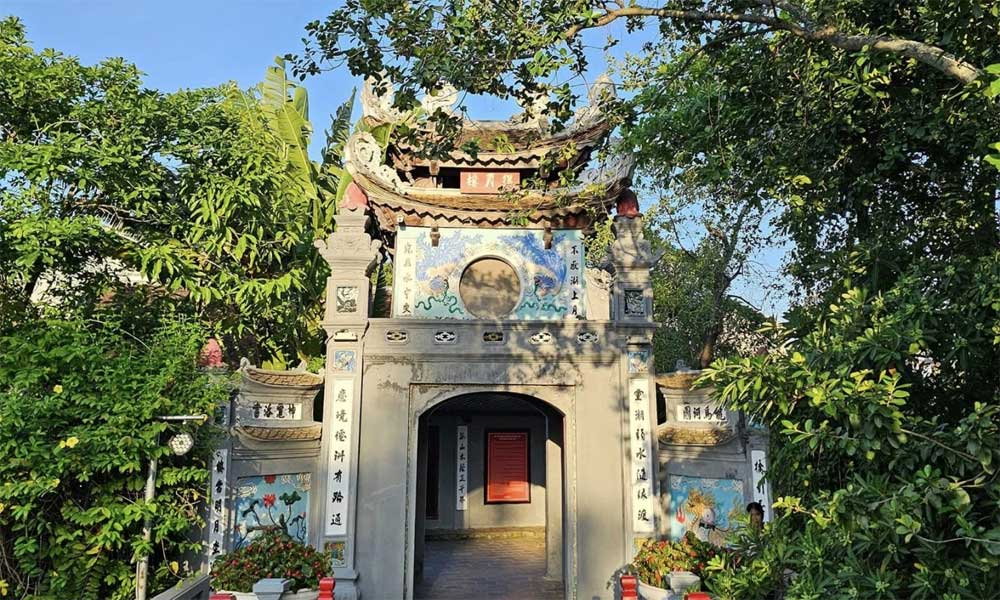

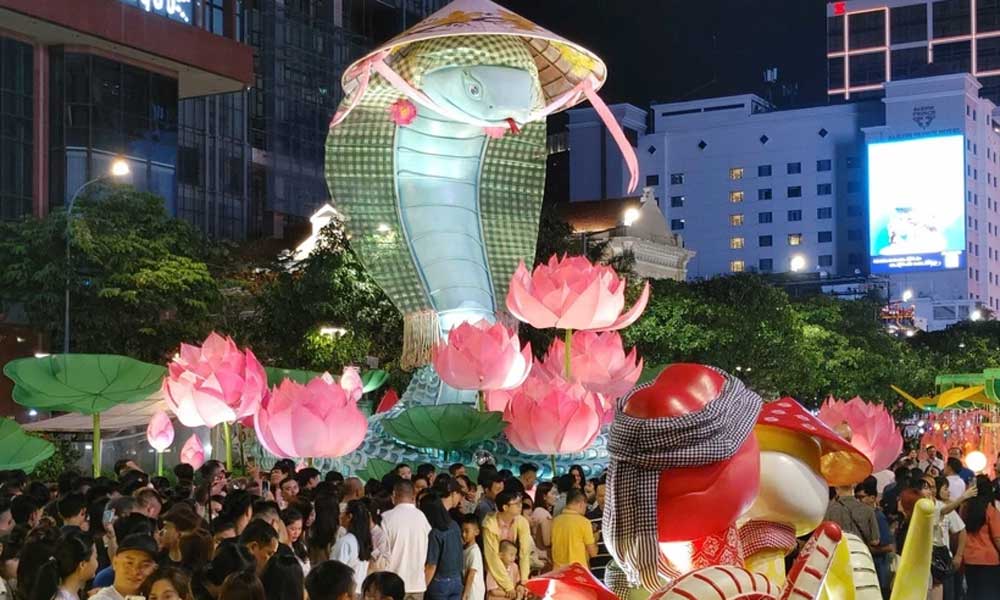
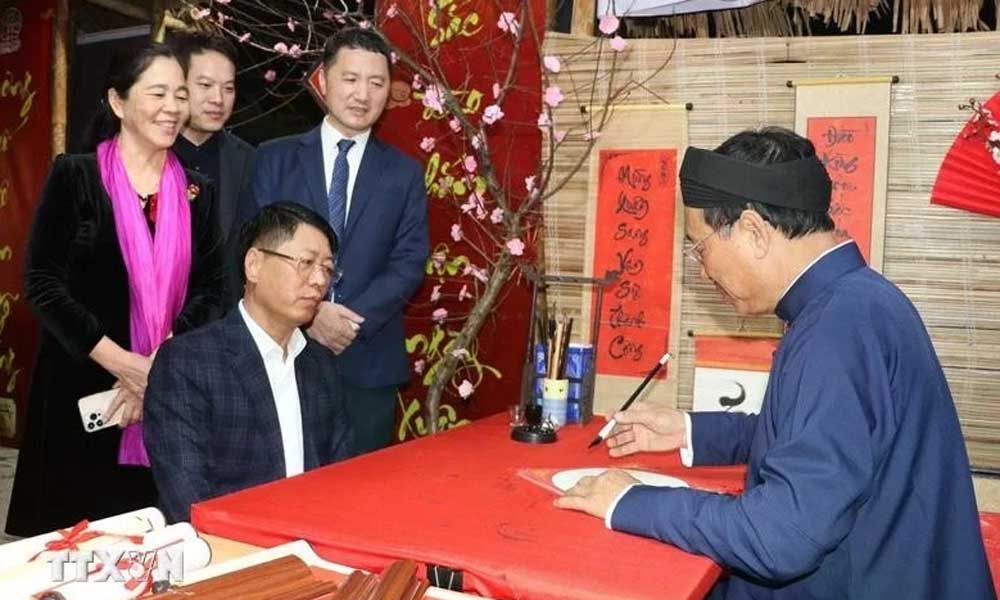
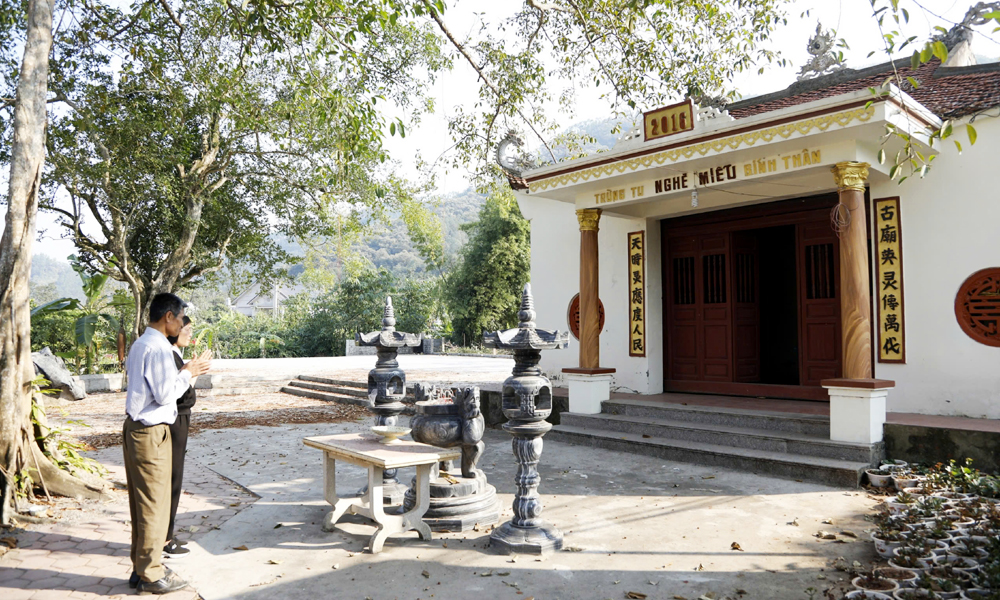
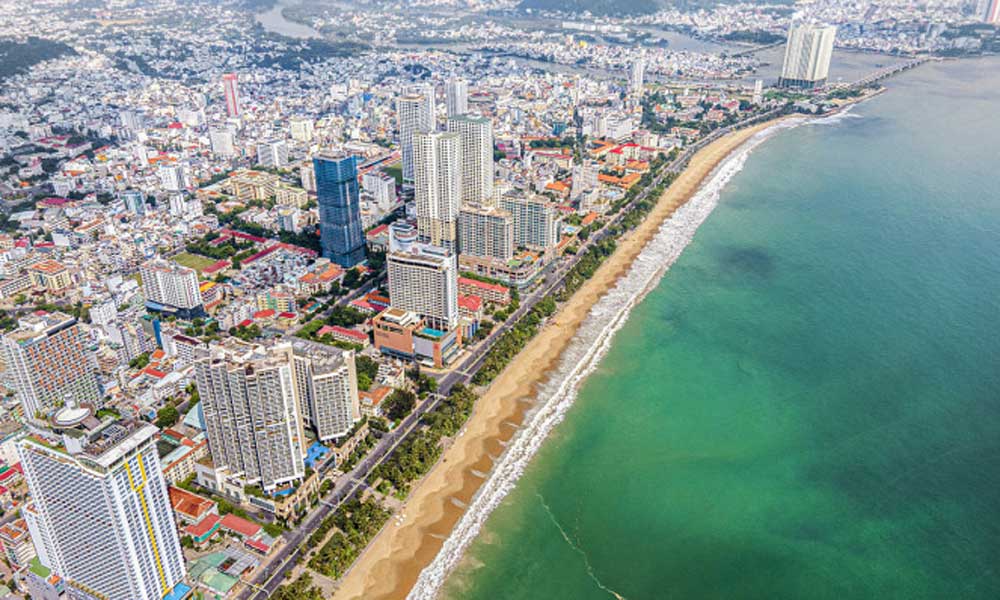





Reader's comments (0)